Tile & Slate Roofing Services in London, Sussex, Surrey & Kent protect your property investment—guarding against leaks, damp, and energy loss. Serving London and the Home Counties, every job is managed with full compliance, specialist care, and a focus on lasting performance, so your building stays secure and valuable.
With decades of experience, accreditations including Which Trusted Trader and CITB, and partnerships with Welsh Slate, ALM Lead, and Kemper, our service is trusted for quality and professionalism. Book a free survey today and protect your property.

Neglecting roof maintenance inevitably leads to leaks, damp, failed insulation, and costly structural issues. For any property owner, delays always mean rising risk and more expensive repairs.

Professional Tile & Slate Roofing Services in London, Sussex, Surrey & Kent prevent these problems—improving weather protection, energy efficiency, and compliance with building regulations. For homeowners, it means peace of mind; for landlords, consistent property value; for businesses, operational safety and reduced energy expenditure. Proactive care is the most reliable investment for homes, businesses, or heritage properties.
Tile & Slate Roofing Services in London, Sussex, Surrey & Kent cover everything from installation and repairs to upgrades and restorations, suitable for homes, commercial assets, and historic buildings. We prioritise long-term performance and compliance, sourcing the best materials from trusted suppliers. Every service is customised to your building, delivering the right blend of safety, durability, and value.
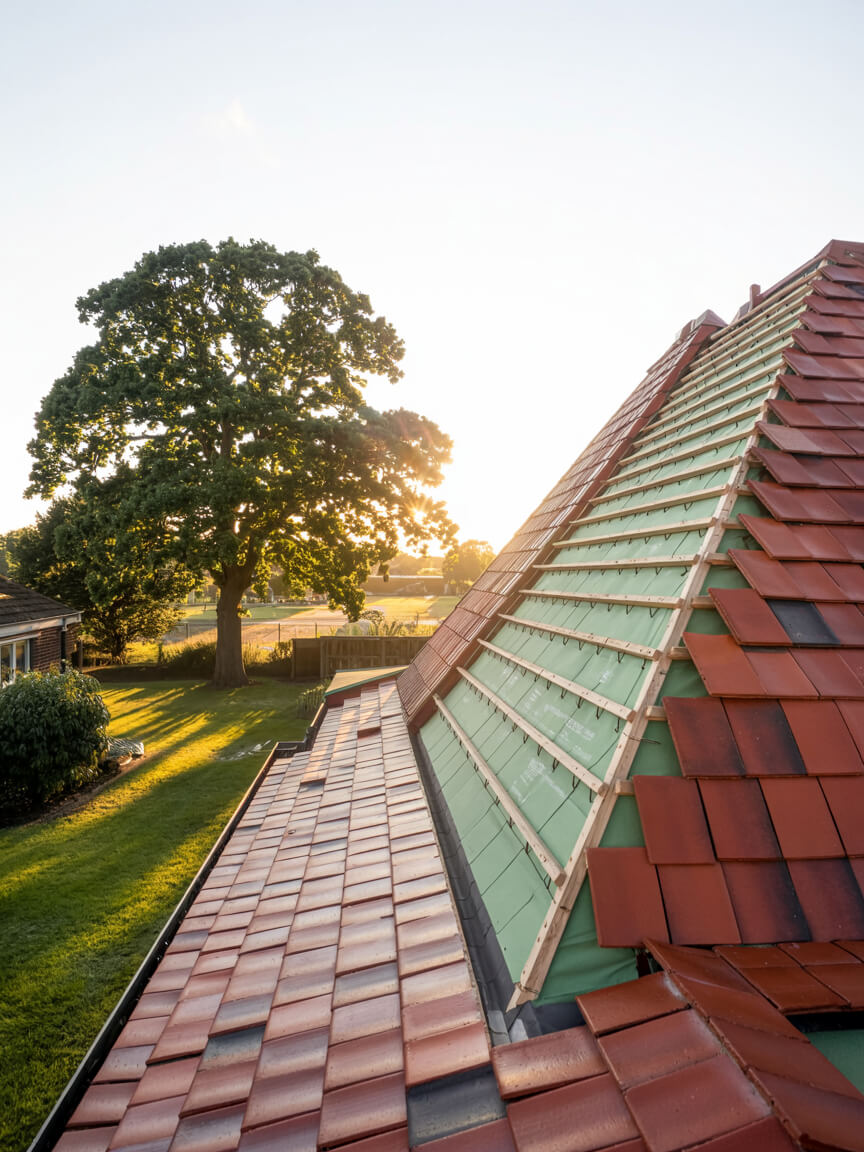
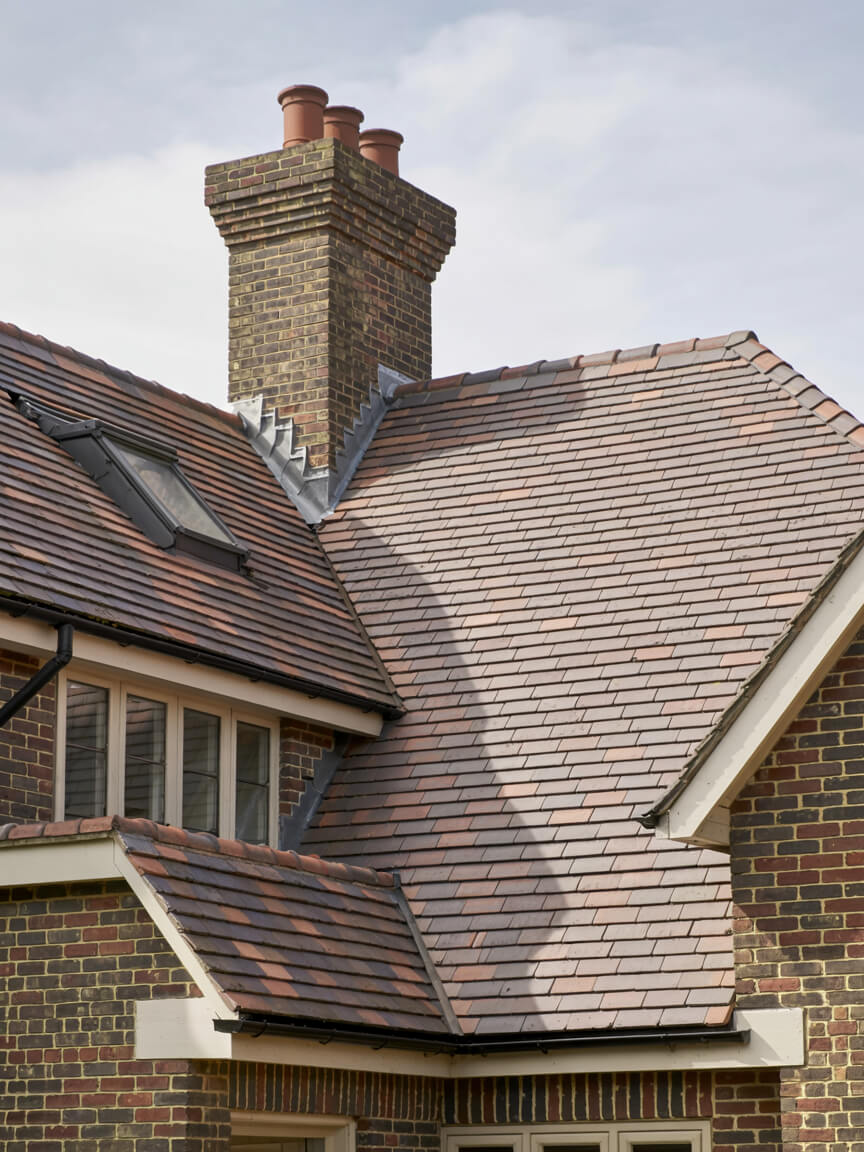
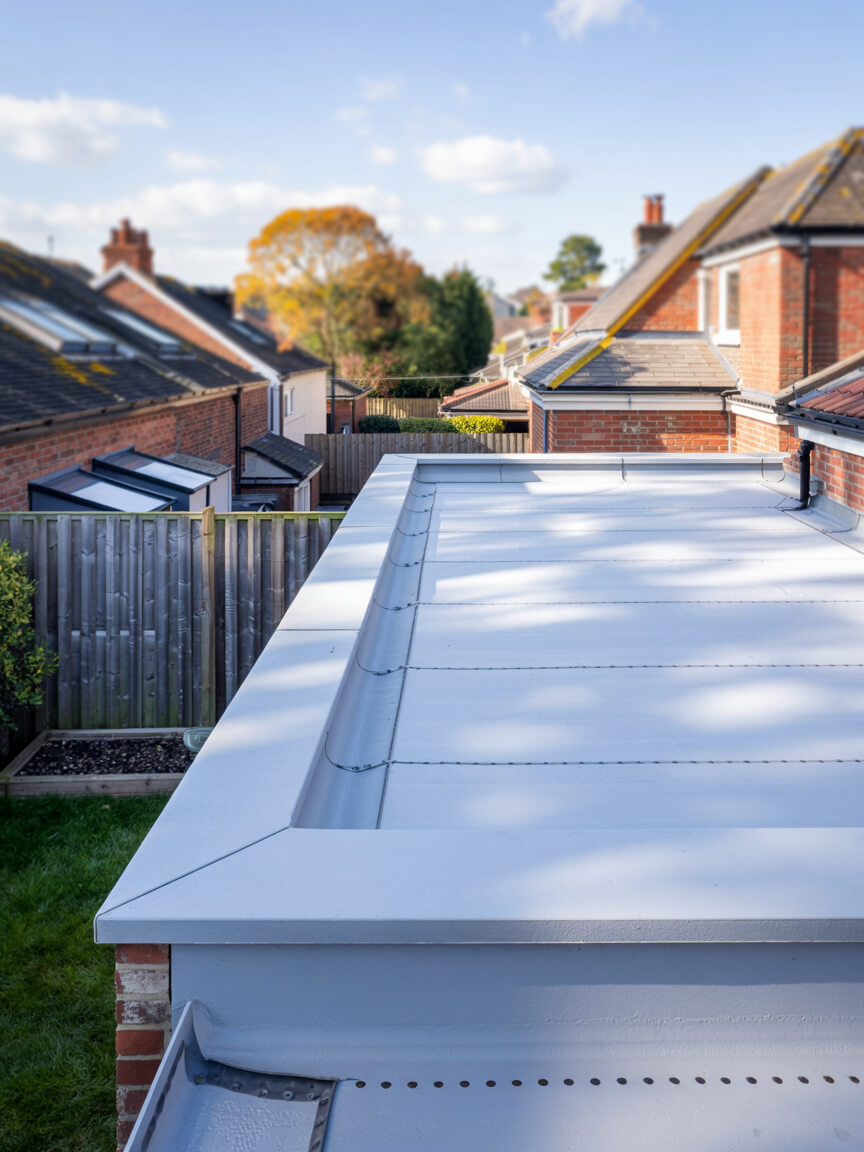
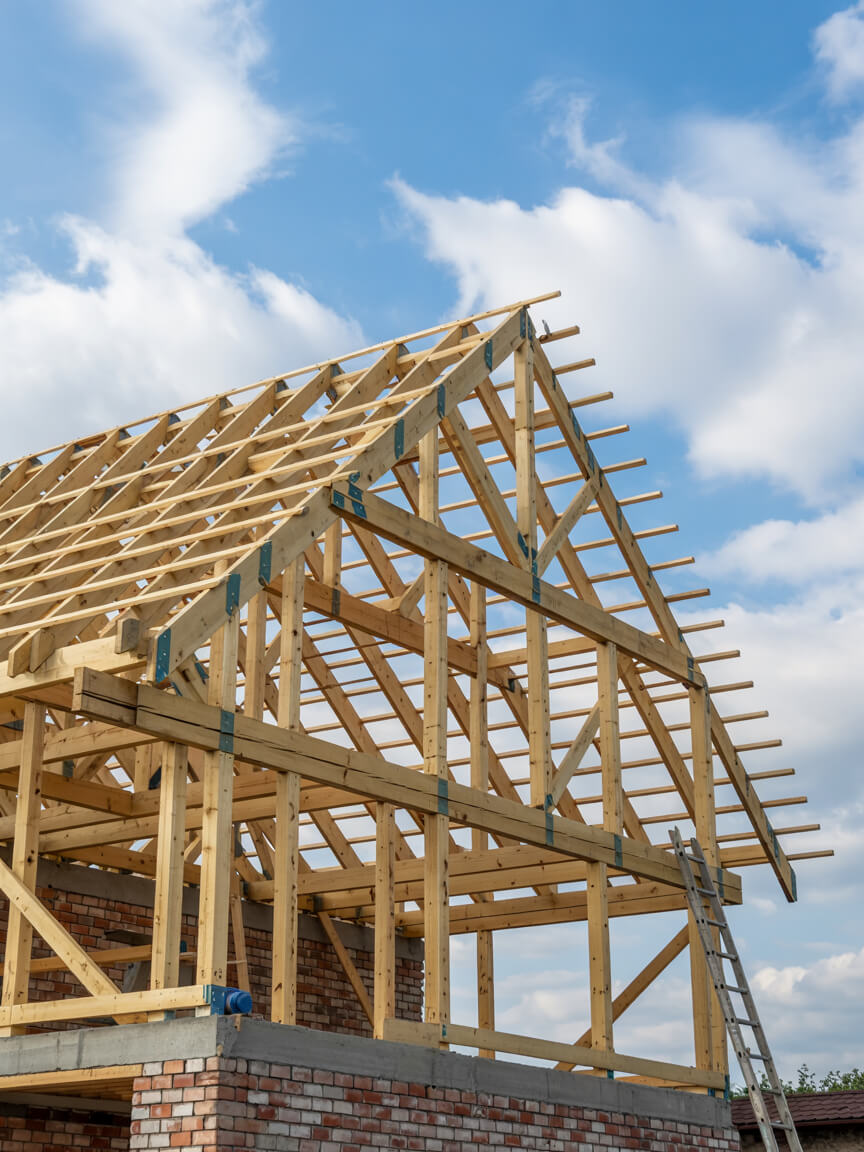
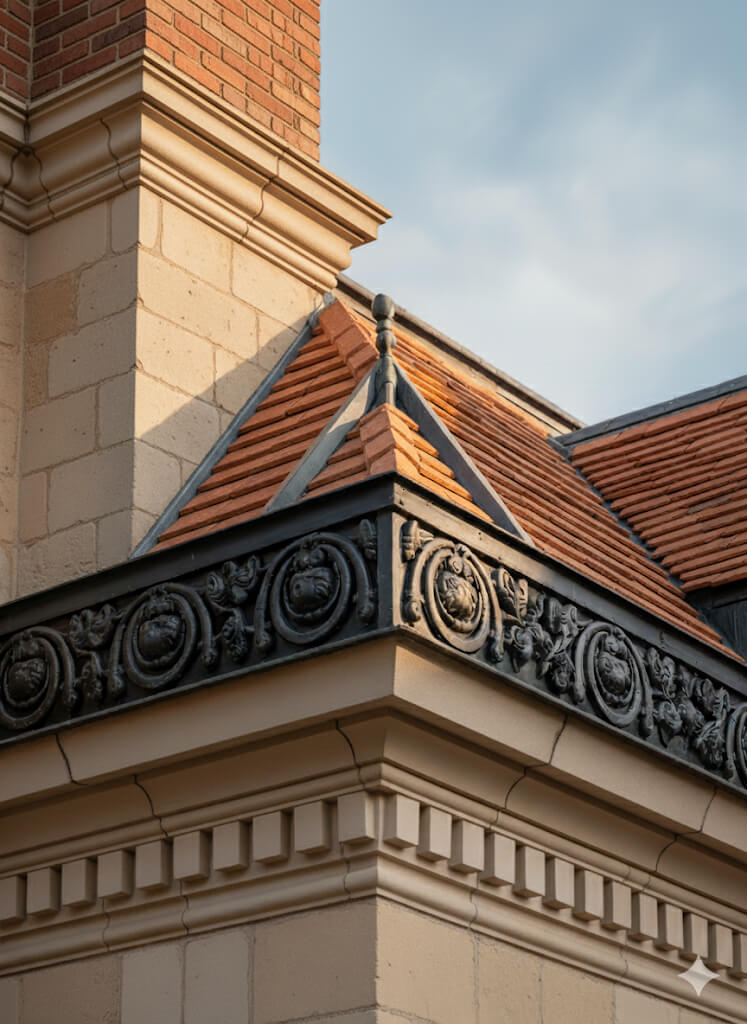
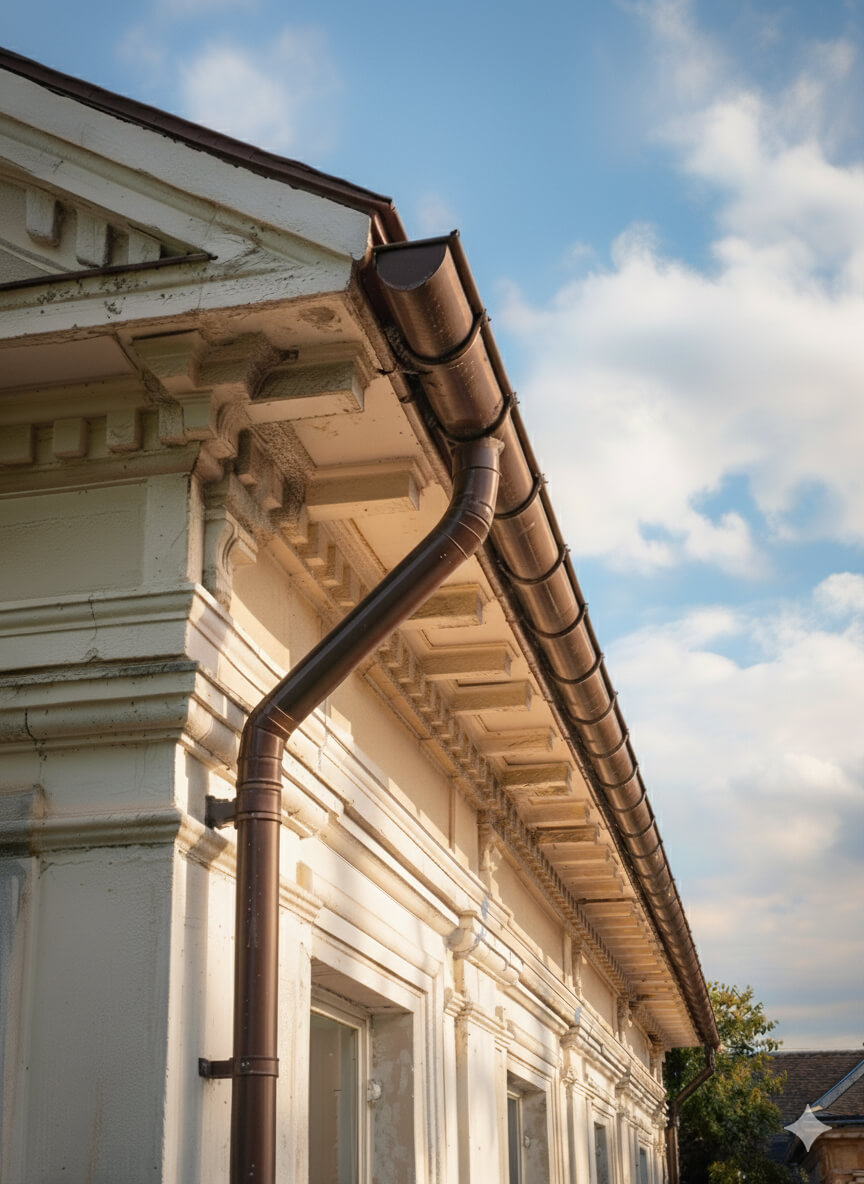

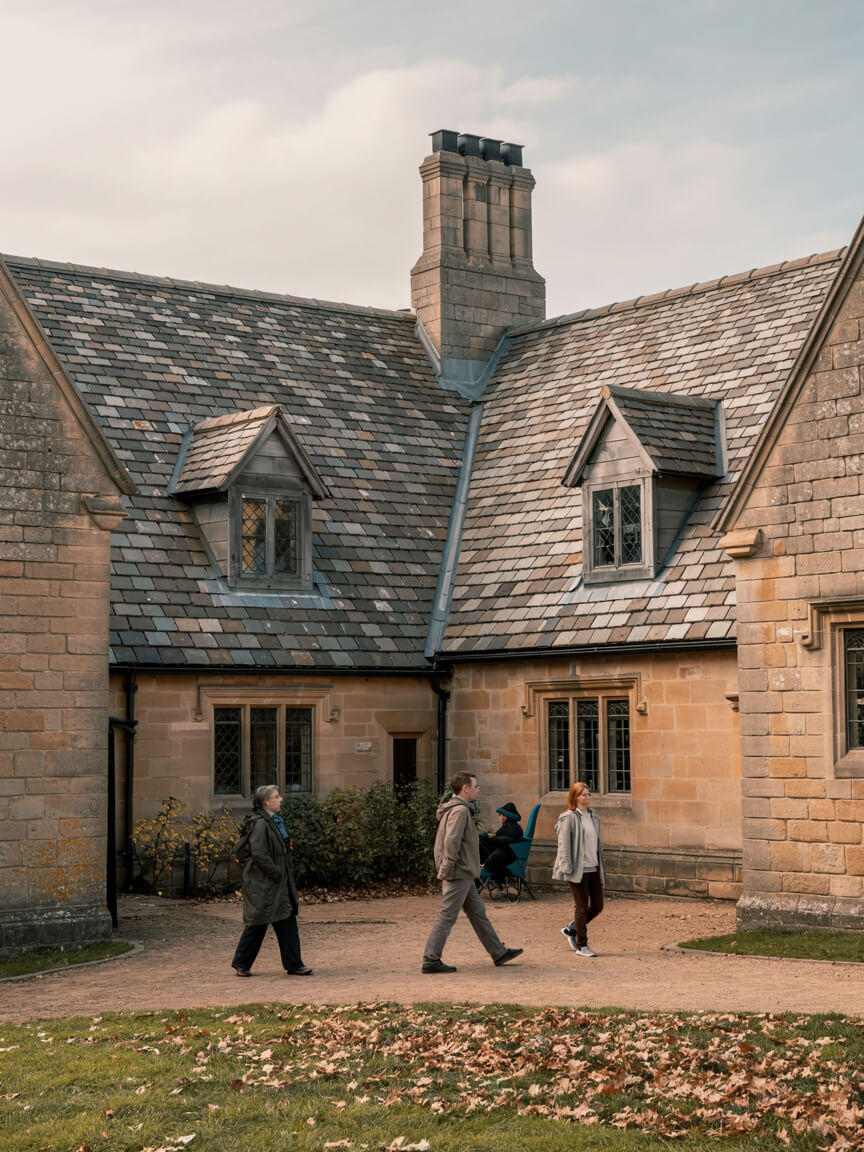
Every Tile & Slate Roofing Services in London, Sussex, Surrey & Kent project is adapted to property type, roof structure, and environmental demands. Tailoring ensures compliance with regulations, minimises disruption, and maximises long-term value. From homes and businesses to industrial sites and listed heritage buildings, our flexible approach guarantees roofing solutions that meet unique needs while delivering safety, efficiency, and reliability.
Homes, extensions, and listed buildings.
Offices, retail, schools, and hospitality.
Warehouses, factories, and logistics sites.
Every Tile & Slate Roofing Services in London, Sussex, Surrey & Kent project follows proven steps with quality materials. Whether a new installation, upgrade, or repair, each layer adds durability, safety, and efficiency—tailored to protect your property and meet regulatory standards.
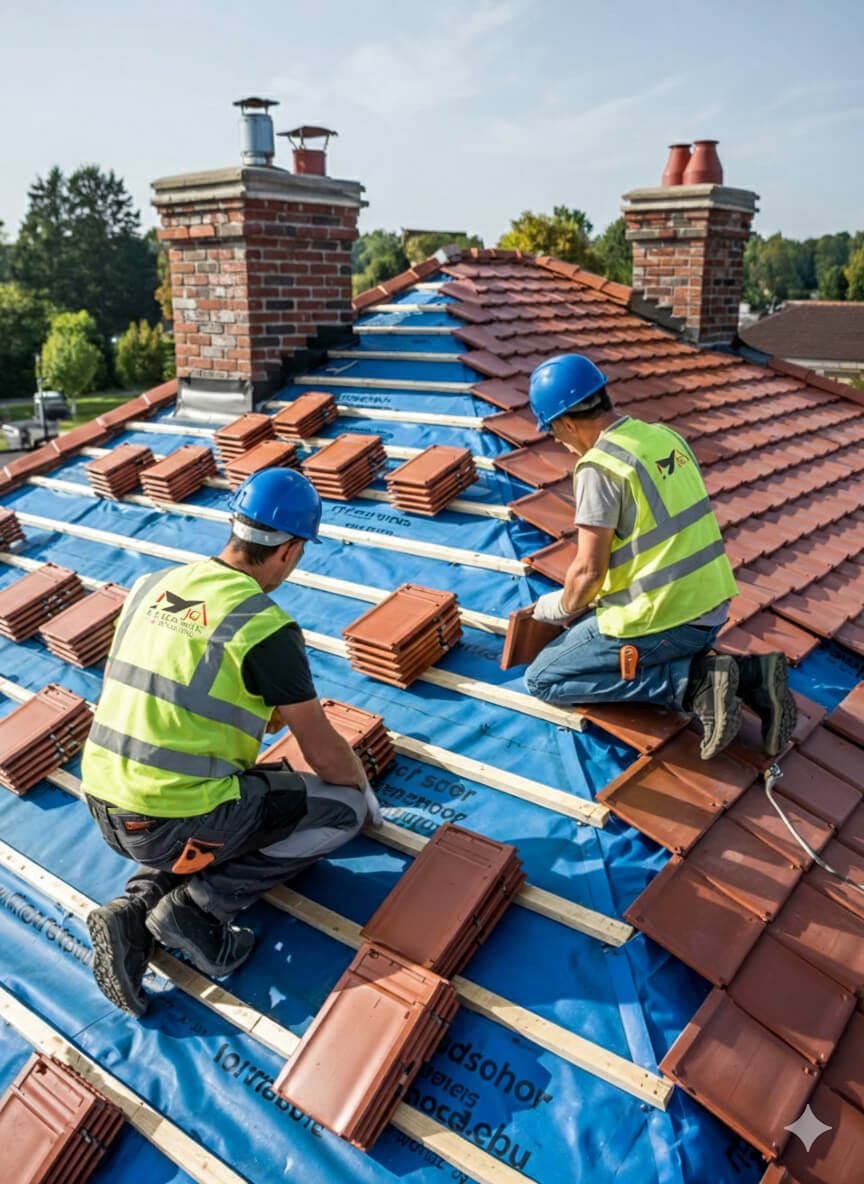
Get a free, no-obligation quote today.
Our experts are standing by to help you choose the perfect flat roofing solution.
⏱ Response within 24 hours guaranteed
Accredited by Which Trusted Trader, CITB, and approved by Kemper and Westwood, our team delivers safe, compliant, and warranty-protected Tile & Slate Roofing Services in London, Sussex, Surrey & Kent projects. These credentials mean guaranteed standards and long-term assurance—reinforced by the positive client reviews that consistently highlight quality, professionalism, and trust.


Complete reroofing. Living in Singapore at the time and T was super responsive and communicative.
Replacement of lead box gutter and new flashing to parapet wall. I had an excellent experience using James and the team. He was very prompt in all aspects of communication and completed a first class job. Really pleased.
James completed some repairs on our roof and replaced some of our pebble dash by the roof as well. He was very thorough and fixed everything. He kept us really informed by taking photos and showing us what he did and keeping us updated. It also went onto our neighbours roof and he did the same fo...
We had a leak in our bedroom and James fixed the roof for us to stop it from leaking. All the work came with a warranty. The work that was carried out was good. James and his team were polite, and did all the work quickly and without too much interruption to our day-to-day lives. Would recommend ...
J G Leadworks have repaired and replaced the roofs and gulleys over our warehouse and workshops which have meant both areas are now watertight
James and team were incredibly responsive to my request to look at a serious leak issue on my flat roof. They did a very thorough investigation and explained in detail the issue and gave a fair quote. They were quick to book in and complete the work and have checked in afterwards a few times to m...
James was quick to respond to the initial contact and was able to work around some time constraints I had. He explained what needed doing clearly and was happy to answer follow up questions. He took pictures to show each stage and I feel confident in the work that was done by James and the team. ...
JG Roofing were very easy to work with. Their quote was sensible and they stuck to that figure. They completed many repairs to my roof including, rebuilding a leaded gutter, reinforcing rotten rafters, rebuilding a long felted gutter and felting parapet walls, resurfacing and felting a flat roof,...
Planning and legal checks protect clients from costly errors, delays, and non-compliance, ensuring roofing projects meet regulatory and safety requirements.
Permission is typically required for listed properties, conservation areas, or major roof alterations. All projects must also satisfy Building Regulations, including Part A (structural safety) and Part L (energy efficiency), ensuring compliant and future-proofed installations.
Our team manages the full process, from initial surveys to legal guidance, preparing documentation, and liaising with local authorities where needed. Whether working on modern homes or heritage sites, we ensure every project is delivered legally, safely, and with minimal disruption—providing complete reassurance and peace of mind to property owners.

Every project unites skilled workmanship with rigorously tested materials.
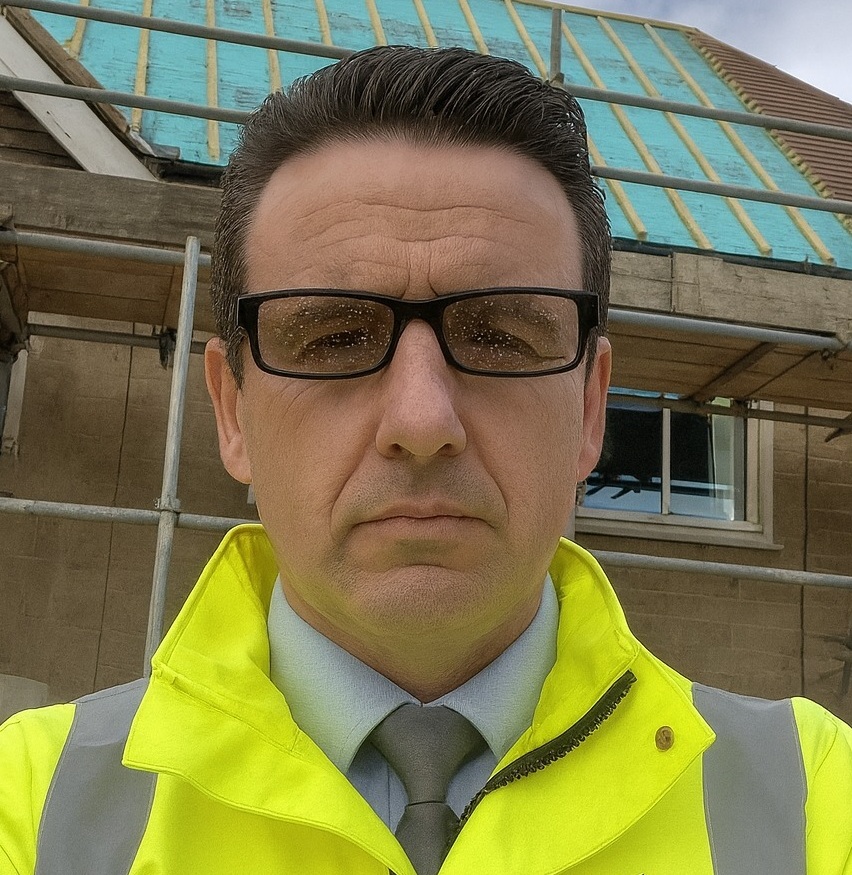
With 25 years of experience in lead sheet roofing, James is a trusted expert in heritage roofing, slate, and tiling. His knowledge of traditional methods, paired with modern compliance, makes him a go-to specialist for projects that demand both craftsmanship and durability.
Tile & Slate Roofing Services in London, Sussex, Surrey & Kent provides lasting protection, efficiency, and value, delivering durable, compliant roofing solutions that safeguard every type of property investment.
Selecting Tile & Slate Roofing Services in London, Sussex, Surrey & Kent involves balancing durability, budget, compliance, and aesthetics to secure the best-fit roofing solution for your property.
Why Clients Choose JG Leadwork and Roofing
With decades of trade experience, our teams understand the unique demands of London and Home Counties roofing. From heritage-listed properties to contemporary extensions, we adapt solutions to local regulations, weather conditions, and architectural styles with precision.
Accredited by Which Trusted Trader, CITB, and approved by Kemper, Westwood, IKO, ALM, and other leading suppliers.
These credentials guarantee safety, compliance, and access to manufacturer-backed warranties, giving clients peace of mind that their project meets the highest professional standards and benefits from warranty protection.
Our heritage projects use Welsh Slate and handmade clay tiles for authenticity, while leadwork is delivered to Lead Sheet Association (LSA) standards. Commercial installations employ Kemper and Westwood liquid systems for durability and efficiency. Each example demonstrates our reliability, blending traditional craftsmanship with modern performance.
Our workforce includes skilled roofers, heritage specialists, and safety-certified installers.
Every roofer holds NVQs, receives ongoing CPD training, and is qualified in both modern flat systems and traditional techniques, including slate and leadwork.
Team structure ensures projects run smoothly—surveyors identify needs, installers deliver with precision, and supervisors oversee compliance. This approach minimises disruption, accelerates timelines, and guarantees consistent quality across residential, commercial, and industrial roofing projects.
Every project is regulation-compliant, warranty-backed, and focused on long-term results.
Client testimonials and case studies confirm our track record, with projects praised for professionalism, durability, and customer support.
We go beyond installation with aftercare packages, maintenance support, and open communication at every stage. Property owners gain reassurance that JG Leadwork and Roofing stands behind its work. Book a free survey today and discover why homeowners, landlords, and businesses trust us with their roofing.

Get a free quote, rapid response, and expert service across London and the Home Counties. Contacting JG Leadwork and Roofing is your simple first step to dependable roofing solutions.
We source materials from leading suppliers including Supreme and IKO felt systems, Kemper, Westwood and Proteus liquid systems, Welsh Slate, handmade clay tiles, ALM Lead Mills, and Nicholson Air Track. These trusted brands guarantee durability, compliance, and warranty-backed performance across flat, pitched, heritage, and commercial roofing projects.
.
.
For homes, Tile & Slate Roofing Services in London, Sussex, Surrey & Kent safeguards comfort and enhances kerb appeal with durable, energy-efficient systems. Whether modern extensions or traditional pitched roofs, tailored solutions improve living standards and protect property value.
For businesses, Tile & Slate Roofing Services in London, Sussex, Surrey & Kent delivers cost-effective, large-scale installations with minimal disruption. Projects are planned around operations, with safety compliance, energy performance, and flexible scheduling built in—supporting offices, retail, schools, and industrial facilities with reliable, regulation-ready outcomes.
For heritage properties, Tile & Slate Roofing Services in London, Sussex, Surrey & Kent combines authentic materials such as Welsh slate, handmade clay tiles, and ALM lead with skilled conservation techniques. Listed building consent and conservation requirements are fully managed, ensuring traditional character is preserved while integrating modern weatherproofing. This careful balance provides long-term durability without compromising historic integrity or aesthetic value.
JG Leadwork and Roofing delivers Tile & Slate Roofing Services in London, Sussex, Surrey & Kent across housing, commercial, heritage, and public sectors. Every industry comes with unique requirements, from safety and compliance to efficiency and conservation. Our adaptability ensures projects are delivered with precision and professionalism—whether safeguarding homes, supporting business continuity, preserving history, or protecting critical public and healthcare facilities.
Durable roofing installed with minimal disruption, ensuring safe, regulation-compliant workspaces for staff and visitors.
High-standard, compliance-focused solutions protect community facilities while meeting strict safety and regulatory obligations.
Heavy-duty roofing tailored for wide spans, ventilation, and long-term maintenance efficiency.
Authentic materials and sensitive methods preserve historic character while adding modern protection.
Weatherproof systems that enhance kerb appeal and guarantee uninterrupted trading for outlets.
Tailored roofing improves guest comfort, safety, and ambience across hotels, restaurants, and venues.
Safe, durable systems designed for schools and universities with minimal learning disruption.
Specialist roofing solutions built for hygiene, safety, and regulatory compliance in medical environments.
Our team of NVQ-qualified roofers, LSTA-trained specialists, and health & safety-compliant professionals bring decades of combined experience. Every project is delivered with meticulous attention to detail, ensuring safe practices and consistent quality across flat, pitched, heritage, and commercial roofing disciplines.
Expertise includes heritage leadwork, slate and tile roofing, modern flat systems, and drone-assisted roof surveys. Ongoing CPD training ensures adaptability to both traditional craftsmanship and the latest innovations—giving clients confidence that every roof is built or repaired with proven skill and care.

A thorough survey highlights existing issues, structural considerations, and upgrade opportunities, ensuring the best-fit solution is identified from the very beginning.
Transparent, itemised quotes detail costs, timelines, and materials—giving you complete clarity and confidence before work starts, with no hidden surprises.
Scaffolding, access solutions, and robust safety measures are put in place to safeguard both property and people throughout the project.
Skilled roofers complete the work using accredited materials and proven techniques, delivering durable, compliant results while keeping disruption to a minimum—whether for repairs, replacements, or new installations.
Each stage is inspected against manufacturer standards and Building Regulations, with photographic documentation provided for transparency and peace of mind.
Each stage is inspected against manufacturer standards and Building Regulations, with photographic documentation provided for transparency and peace of mind.
In a competitive roofing market, many providers look the same on paper. JG Leadwork and Roofing stands out through proven expertise, accredited methods, and specialist techniques. Our combination of traditional craftsmanship and modern technology makes us the safer, smarter choice across residential, commercial, industrial, and heritage projects.
In a competitive roofing market, many providers look the same on paper. JG Leadwork and Roofing stands out through proven expertise, accredited methods, and specialist techniques. Our combination of traditional craftsmanship and modern technology makes us the safer, smarter choice across residential, commercial, industrial, and heritage projects.

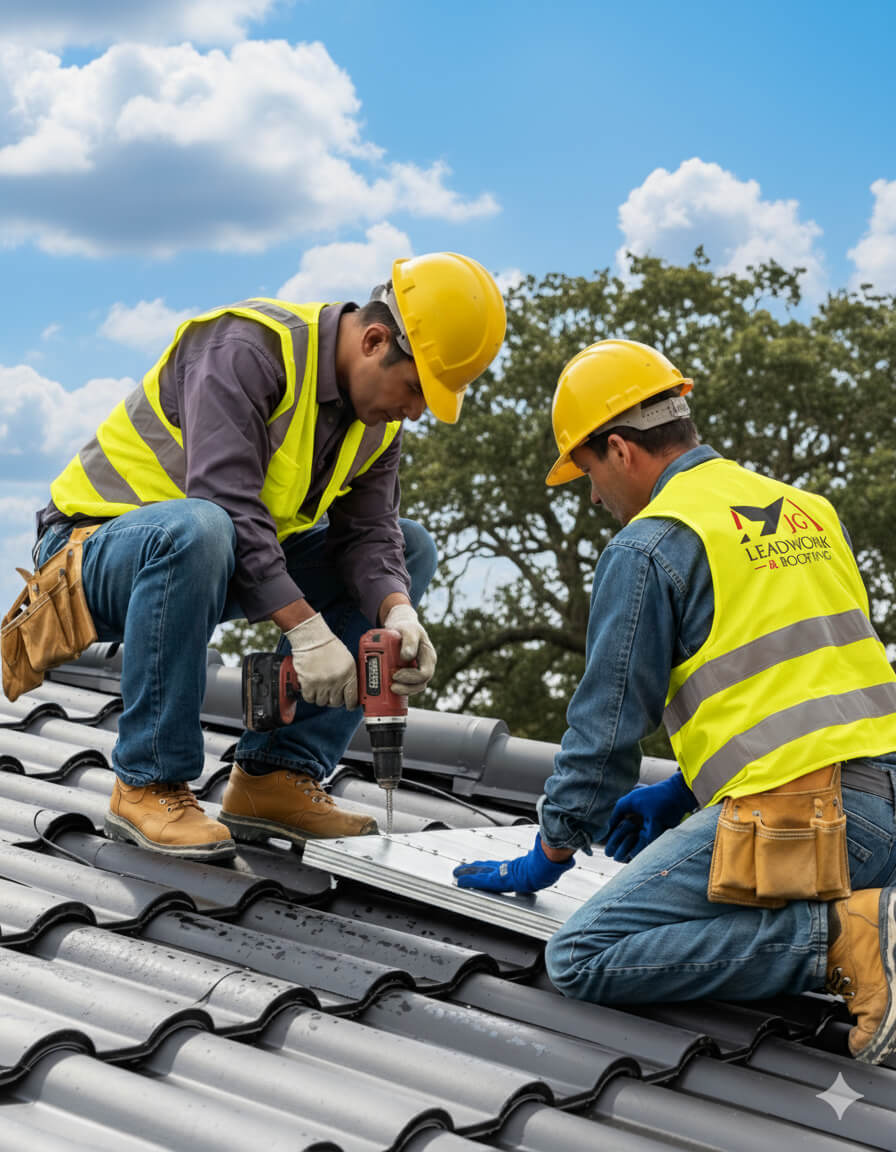
At JG Leadwork and Roofing, every project follows a structured QA process. Each stage—materials, installation, safety, and final sign-off—is measured against manufacturer specifications and UK Building Regulations to ensure durability, compliance, and warranty-backed performance across all roofing services.
Projects are only signed off once all QA checks are complete, giving clients confidence in long-term performance, structural safety, and insurance-backed peace of mind.
Every Tile & Slate Roofing Services in London, Sussex, Surrey & Kent project by JG Leadwork and Roofing is delivered in strict alignment with UK Building Regulations and recognised frameworks. This ensures structural safety, energy efficiency, durability, and protects warranties and insurance coverage across residential, commercial, industrial, and heritage properties.
Clients can be confident their project is completed legally, safely, and insurance-ready—delivering long-term performance, compliance assurance, and complete peace of mind.
Property owners often wonder about Tile & Slate Roofing Services in London, Sussex, Surrey & Kent—from costs and timescales to permissions. Below, you’ll find straightforward, trustworthy answers to the most frequent and practical queries.
When heavy rain hits, even a robust-looking roof can let water in through the smallest weak spot. For property owners, a single leak risks water damage, interior disruption, insurance complications, and costly repairs that escalate with every missed warning sign. Recognising the underlying causes of post-rain leaks matters—catching them early protects your property, your investments, and your peace of mind. Most leaks are rooted in a handful of recurring issues: material ageing, detailing failures, or design and environment problems, all of which can be identified with the right approach.
A leading cause is membrane deterioration or physical failure of individual tiles or slates. With time and repeated weather cycles—especially the UK’s freeze–thaw, driving rain, and fluctuating temperatures—roof coverings can crack, lose their surface finish, or shift out of place entirely. For clay tile and slate roofs, frost can force layers to separate (delamination), while concrete tiles might crack from thermal movement. Displaced tiles or slates no longer deflect water as intended, letting rain run underneath and saturate the underlay. Internally, this shows as damp insulation or brown stains on ceilings; externally, you might see missing or misaligned tiles, fragments in the gutter, or roof debris after storms. If this persists, rafters and trusses beneath may rot, sometimes nullifying any existing structural warranties.
Another frequent trigger is flashing failure—the breakdown or displacement of protective strips (often lead, zinc, or plastic) around chimneys, valleys, and junctions. Over time, flashings can crack, corrode, or come loose, especially if set in failing mortar. Small gaps, even just a few millimetres, let driven rain in—often without immediate visible clues. Water tends to pool by chimneys or in valley gutters, with tell-tale indoor signs like damp chimney breasts or a musty smell, and outdoor signs such as moss growth and algae at flashing sites. Poor initial workmanship can contribute, for example inadequate lap coverage or missing upstands, making these weak points even more vulnerable. Left untreated, minor leaks here often become persistent, with repair costs rising quickly.
Environmental and design faults make leaks far more likely. Standing water (ponding), especially on flat or low-pitch roofs, accelerates membrane wear and increases the odds of leaks. The UK standard is a minimum 1:40 gradient on flat roofs to ensure drainage, but poor falls, sagging decks, or blocked outlets allow water to linger and strain seams. Official guidance (Part L of the Building Regulations) emphasises adequate insulation and ventilation—not just for comfort, but to prevent interstitial condensation: moisture building up within the roof structure even when rain isn’t a factor. The warning signs can include lingering mould, water beads on cold surfaces after chilly nights, or persistent damp spots on ceilings. In both pitched and flat roofs, obstructed valleys and gutters can cause water to back up and exploit tiny gaps via capillary action—a process where water creeps upwards against gravity, finding its way indoors through the smallest crack.
Accurate diagnosis combines multiple methods. A thorough visual survey spots missing/slipped tiles, cracked flashing, or damaged ridges. For flat roofs, look for ponding, blisters, or split seams. An electronic moisture metre allows early detection of concealed damp, often before it emerges as stains. Borescope cameras or drone surveys reveal faults in awkward or high areas without invasive work. Sometimes, a core sample (removing a small plug from a flat roof) confirms whether water has reached underlying insulation or decking. Modern inspection ties external faults with internal damp patterns to pinpoint sources. Proactive maintenance—especially after storms or severe cold—catches most leaks while they’re still small, protecting both the property and the owner’s budget.
| Cause | Symptom | Risk if Ignored | Indicative Remedy |
|---|---|---|---|
| Slipped/Cracked Tile/Slate | Ceiling damp, exposed patches | Timber rot, structural decay | Replace or refix coverings |
| Flashing Failure | Damp near chimneys/valleys | Ongoing leaks, hidden damage | Re-lay or renew flashing |
| Ponding Water on Flat Roof | Pooling, surface blisters | Membrane failure, leak spread | Improve falls, clear outlets |
| Inadequate Ventilation | Condensation, mould, mildew | Rot, insulation failure | Add vents, check insulation |
Each mechanism demonstrates how routine wear, failed detailing, or overlooked design decisions become root causes for roof leaks, bringing practical, often costly, consequences for those who wait too long to act.
When planning a new roof or a major replacement, understanding what drives the cost of slate versus tile roofing is essential for effective budgeting. In the UK, the price difference can be substantial, shaped by the materials themselves, local labour, regulatory demands, and even heritage or conservation requirements. For property owners, developers, and architects, a clear grasp of these variables helps avoid unexpected surcharges and ensures compliance with building standards.
This breakdown explains the core cost drivers, the role of UK building regulations such as BS 5534 (the code for slating and tiling) and Part L (energy efficiency), and highlights practical considerations that affect installation costs and material selection.
Slate is a natural stone product, often sourced from UK quarries (like Welsh or Cumbrian), Spain, or even as far afield as China. The price varies sharply with origin, thickness, and grade. In contrast, roofing tiles (commonly made from clay or concrete) are easier to produce at scale, offering a lower entry cost.
Table: Indicative Material Supply & Instal Costs (Labour Included) per m²
| Roofing Material | Typical Price Range | Notes |
|---|---|---|
| Natural Slate | £90 – £160 | Heritage/luxury, high durability |
| Imported Slate | £60 – £100 | Varies in lifespan/consistency |
| Clay Tile | £65 – £100 | Durable, suits period/restored homes |
| Concrete Tile | £50 – £80 | Cost-effective, less heritage appeal |
Material specification matters: heavier slates or thicker handmade tiles also demand stronger substructures (BS 5534 standards), which can further increase costs due to upgraded rafters, battens, and fixings.
Installation methods for slate and tile are not identical. Slate work is traditionally more time-consuming—each slate is individually sized, graded, and fixed with nails or pegs, which means higher labour costs (and reliance on skilled roofers). Where tiles are used, interlocking systems can be faster to lay, and uniform sizing allows for greater speed and, consequently, lower labour charges.
Complications such as hips, valleys, dormers, or chimney abutments add both material waste and labour. The complexity is heightened in heritage areas, where cutting and laying must match local patterns—a requirement enforced by planners or conservation officers.
All roofing in England and Wales must adhere to BS 5534, which defines wind load fixing, minimum overlap (lap), and batten standards. Both slate and tile roofs must meet these rules, but certain materials or roof shapes may demand closer batten spacing, stronger fixings, or additional membranes.
Part L of the Building Regulations sets minimum thermal performance (insulation) standards for new roofs. Every major covering replacement must ensure U-values (a measure of how much heat passes through the building element) meet or exceed prescribed thresholds—typically 0.15–0.18 W/m²·K for roofs. This might mean more insulation and, in some cases, changes to ventilation or detailing.
Heritage and conservation status can override material choices: in listed or conservation areas, planners may insist on like-for-like replacement (e.g., hand-dressed slate), which is substantially more expensive than mass-produced alternatives.
London and the South East often command premium labour rates due to cost of living and competition. Restricted scaffolding or access (common on terraced or period streets) can increase setup and manpower charges.
Weather exposure is a technical factor as well as a price driver: in coastal Sussex or exposed Kentish escarpments, roofing must resist high winds and salt airborne moisture, sometimes requiring heavier fixings, storm clips, or upgraded underlays specified by BS 5534.
To accurately compare slate and tile roofing prices, owners and project leaders should:
By weighing these factors, property stakeholders in London, Sussex, Surrey, and Kent can make informed choices that align with budget, durability expectations, and legal obligations.
Slate and tile roofs are known for long service lives and timeless appearance, but regular maintenance is essential to preserve weather resistance and prevent costly failures. Whether you own a period townhouse, manage a commercial property, or care for a listed building across London, Sussex, Surrey, or Kent, ongoing upkeep ensures your roof remains compliant, attractive, and structurally sound. Proactive maintenance not only safeguards against leaks and internal damage but also supports insurance validity and asset value.
Minor roof issues often go unnoticed until a leak causes far broader disruption.
Routine care is especially vital for heritage assets where specialist materials and methods are a legal requirement. Skipping inspections risks both safety and conservation non-compliance.
A thorough visual inspection should be performed twice a year (spring and autumn), plus after severe storms. Key maintenance steps include:
Promptly addressing small defects (like re-fixing a slipped tile or clearing moss) helps prevent more disruptive, expensive repairs.
Maintenance needs vary depending on roof type, local environment, and building features:
Listed or heritage-roofed properties often require permission for repairs and the use of traditional techniques. Conservation officers may mandate photographic documentation and periodic work with approved contractors.
Planned maintenance of slate and tile roofs is low-cost compared to reactive repairs. Priorities include:
Allowing minor maintenance issues to accumulate increases the risk of:
Small maintenance expenses today can avert structural failures tomorrow.
| Material | Typical Lifespan | Inspection Frequency | Maintenance Needs |
|---|---|---|---|
| Natural Slate | 80–120 years | Every 5 years | Replace broken slates; moss removal |
| Clay Tile | 60–100 years | Every 3 years | Refix slipped tiles; debris clearing |
| Concrete Tile | 50–70 years | Every 3 years | Seal surface cracks; clean gutters |
| Felt (Flat) | 10–20 years | Every 2 years | Reseal edges; patch minor splits |
| Liquid Applied | 25–40 years | Every 3 years | Recoat joins; inspect for blisters |
Regular upkeep is the single most effective way to maximise roof lifespan, avoid disruptive emergency works, and maintain the visual integrity of your property. In high-risk settings—such as heavily wooded or coastal zones—more frequent checks and early repairs are advised, especially after major weather events.
Understanding the true cost of tile or slate roofing, what warranties actually protect, and how to trust your installer is fundamental to safeguarding your investment. For homeowners, clear costs avert budget surprises; for landlords, warranties mean fewer future liabilities; and for businesses or developers, assurance over both workmanship and compliance reduces risk and protects resale value. Making informed choices at each step directly affects structural longevity, regulatory acceptance, and peace of mind.
The outlay for repairing or replacing a tile or slate roof varies widely across London, Sussex, Surrey, and Kent, but four main factors consistently shape the final bill: property size, material specification, access complexity, and the scope of labour required.
| Service Type | Typical Range (UK) | Key Influences |
|---|---|---|
| Roof Repair | £250 – £1,200 | Damage severity, access, material |
| Part-Replacement | £1,000 – £7,000 | Roof area, slate/tile type |
| Full Re-roof | £5,000 – £15,000+ | Size, details, insulation & finish |
Roof repairs for minor tile or slate damage often cost between £250 and £1,200, with price driven by whether access needs scaffolding, the rarity of matching materials, and urgent callout surcharges after storms. A full re-roof—where all tiles or slates, underlay, battens, insulation, and sometimes rafters are replaced—typically starts at £5,000 but can easily exceed £15,000 for larger or heritage-listed residences needing specialist work. Roofs with complex valleys or conservation brickwork, or those requiring high-performance insulation, push costs higher. Securing an accurate quote depends on a property-specific assessment and transparency on all inclusions.
A robust insurance-backed warranty (typically 10–20 years for complete replacement) is more than paperwork: it underpins your ability to claim against future defects in both materials and workmanship—even if your installer ceases trading. Good warranties cover leaks, tile or slate slippage, flashing failure, and premature underlay breakdown. Critically, warranties supporting Part L compliance also confirm that roofing upgrades meet the UK’s legal requirements for thermal efficiency and structural soundness—criteria checked on resale or when insurers review claims. Policies often assign longer coverage (up to 25 years) for premium slates and specialist leadwork, while standard tile replacements tend toward the 10–15-year mark. Always request detailed, written confirmation of what’s covered and register warranties promptly after completion.
Engaging an accredited installer is non-negotiable for safety, durability, and access to valid guarantees. Look for proof of industry-recognised credentials like NVQs in Roof Tiling or Slating, CITB training, or membership in schemes such as Which Trusted Traders, TrustMark, or Competent Roofer. These accreditations confirm the tradesperson’s practical expertise, continuing education on the latest standards, and strict adherence to current UK Building Regulations. Many material manufacturers will supply premium product warranties only if a certified installer manages the fit, as this is the best risk reducer for defects and future claims. Reliable contractors document every stage, share compliance paperwork, and retain insurance that protects both parties if disputes arise.
Initial savings can evaporate rapidly if a contractor “saves” by covering rotten decking, skipping ventilation upgrades, or failing to instal modern insulation. Shortcuts like poor underlay selection, cut-price ridge repairs, or ignoring slate grading can cause moisture ingress, unseen decay, and sky-high heating bills. Insurers and surveyors frequently refuse claims or raise red flags in surveys when they spot tell-tale signs of non-compliance—like missing eaves trays or substandard flashings—which may force costly rework just before a sale or let. Investing up front in compliance, functional upgrades, and correct detailing nearly always avoids heavier expenses, insurance refusals, and structural risks just a few years later.